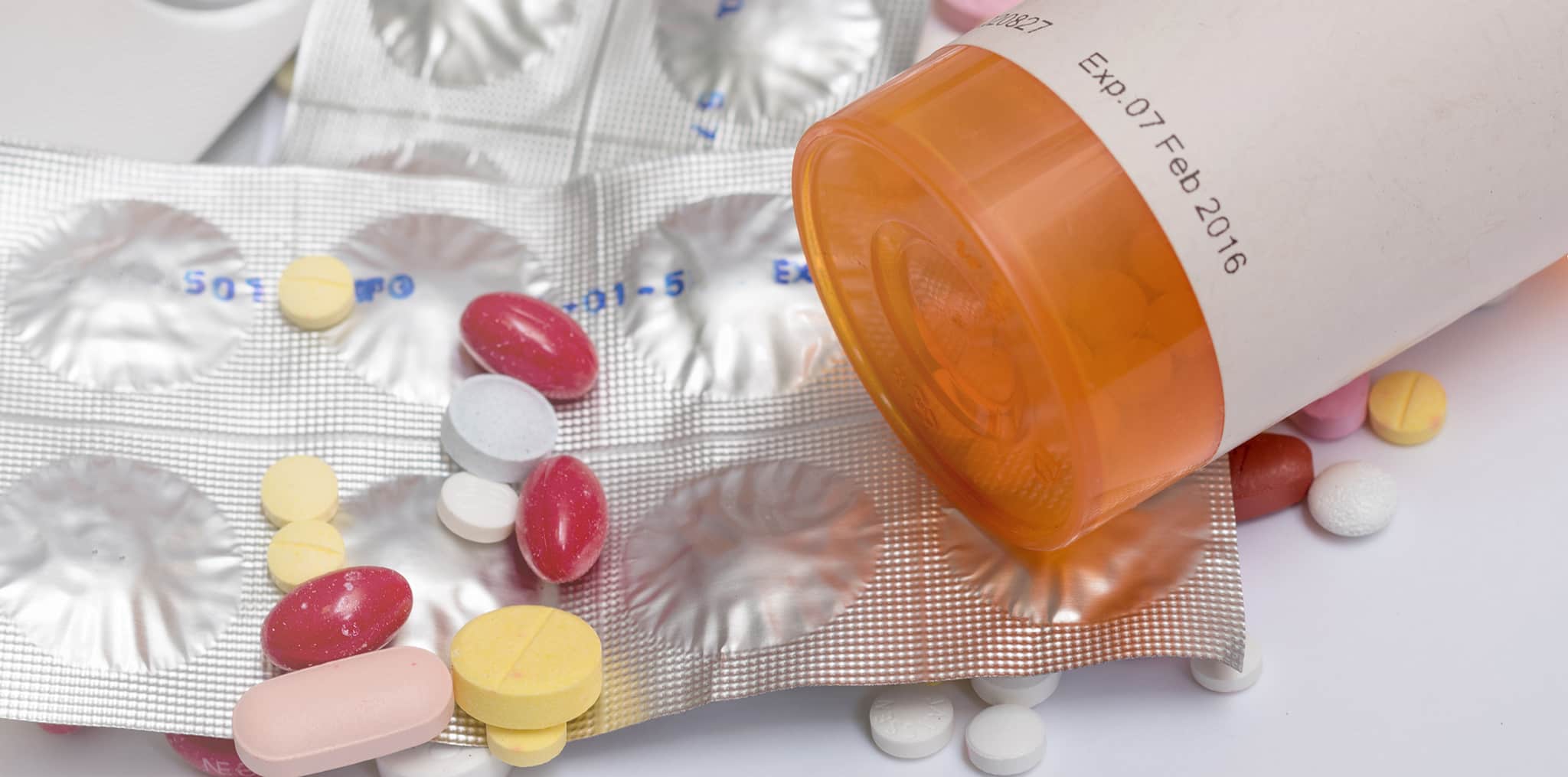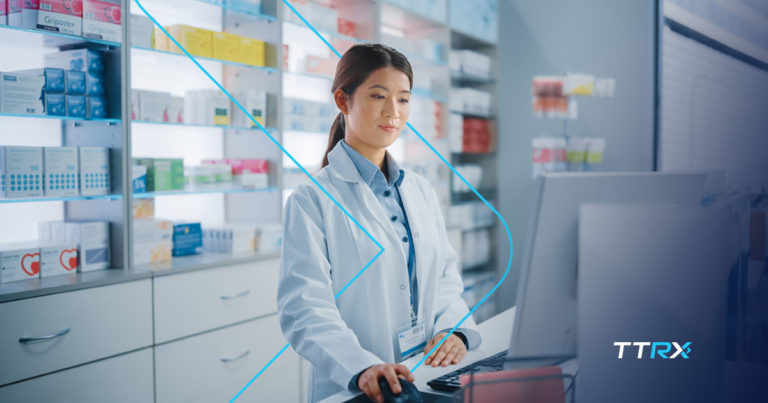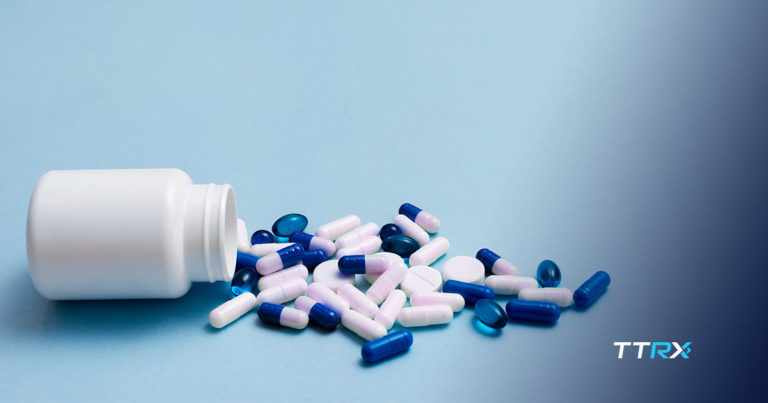Everyone involved in the supply of drugs, from the moment of manufacture to the purchase of the finished drug by the end user, must be aware of the need for accuracy and perfect performance throughout the process. Most drugs are supplied faultlessly; unfortunately, in a small number of cases supply is fraudulent or illegal and the Drug Supply Chain Security Act (DSCSA) was passed to stamp out such fraudulent and illegal practices and ensure the safety of consumers.
The Act distinguishes between two classes of product you may have in your possession or control:
- Suspect product; and
- Illegitimate product.
As soon as you detect that a product in your possession or control is suspect, you are to quarantine the product. This must be done “promptly” in the words of the Act and that can be taken to mean ”immediately”; the moment you have determined that you may have a suspect product it must be placed in secure storage and not offered for sale.
What you must then do is conduct an investigation to determine whether your suspicions are unfounded or the product is, indeed, illegitimate.
The first question, then, is: what may lead you to place a product in the suspect category in the first place? Guidelines drawn up by the FDA are rigorous – as seems only right when we recall that illegitimate drugs distributed by unscrupulous people can be the cause of ill-health and death. There are moments in reading the guidelines and in watching the webinar provided by the FDA when trading partners may feel they are being given the advice: “it’s suspicious if it looks suspicious.”
Vigilance can be taken as a matter of course; the FDA expects all entities in the drug supply chain to be vigilant at all times. Guidance provided by the FDA introduces the concept of “particular vigilance” and identifies a number of scenarios that call for this higher level of tension.
These scenarios are divided into three groups.
Group 1: Trading Partners and Product Sourcing
Particular vigilance is called for when you:
- Purchase from a source for the first time
- Receive an unsolicited sales offer from an unknown source
- Purchase on the Internet from an unknown source
- Purchase from a source that you know or have reason to believe has transacted business involving suspect products
- Find that a trading partner is reluctant to provide a transaction history or pedigree associated with the product being purchased, or does not do so in a timely manner
- Are provided with transaction information, a transaction statement and/or transaction history that appears to be incomplete or suspicious
Group 2: Supply, Demand, History, and Value of the Product
Particular vigilance is called for when:
- Product is generally in high demand in the US market
- Product is in higher demand because of its potential or perceived relationship to a public health or other emergency (e.g.: anti-viral drugs)
- Product has a high sales volume or market price in the USA
- It is known that the product has been previously or is currently being counterfeited or diverted
- Product is offered at an unusually low price or a price that is “too good to be true”
- It is known that the product has been previously or is currently the subject of drug shortage*
- The product has been or is the subject of an illegitimate product notification under the DSCSA or other alert or announcement related to drug quality
- The product has been or is the subject of an FDA counterfeit or cargo theft alert
* A current list of products that have been previously or are currently the subject of a drug shortage can be found here: http://www.fda.gov/BiologicsBloodVaccines/SafetyAvailability/Shortages/default.htm and http://www.fda.gov/Drugs/DrugSafety/DrugShortages/ucm050792.htm
Group 3: Appearance of the Product
This group, even more than the others, is an example of the approach that says “it’s suspicious if it looks suspicious.” The FDA calls for particular vigilance when:
- The appearance of a package or container used for transport seems suspicious. (Examples quoted by the FDA include, but are not limited to, labels containing misspellings or in other ways different from the standard label for that product in such matters as color, font or images)
- The package uses foreign terms such as a different drug identification number rather than the one in the National Drug Code (NDC)
- The package is missing information such as lot number, other lot identification or expiration date
- The package is missing anti-counterfeiting technologies (holograms, color-shifting inks, watermarks) normally featured on the FDA-approved product and easily visible to the eye
- There are suspicious aspects to the label. These may include:
- Bubbling in the service of the label
- Lack of an Rx symbol
- Foreign language with little or no English provided
- Foreign language used to describe the lot number
- A product name that differs from the name of the FDA-approved drug
- A product name that is the product name for a foreign version of the drug
- Lot numbers and expiration dates on the product label that do not match those on the outer container
- The finished dosage form is different from the FDA-approved product in:
- Shape or color
- Different or unusual imprint
- Unusual odor
- Signs of poor quality such as chips or cracks in tablet coatings or smeared or unclear ink imprints
What to Do When a Product in Your Possession or Control Falls into One of the 3 Suspicious Groups
The first action to be taken when suspicion has been aroused by any of the factors listed above (or, indeed, by any factor not listed above) should be: discussion. Talk to colleagues and talk to trading partners. Point out the suspicious factors and seek a consensus opinion. People’s lives may be at stake and this discussion should not be carried out in a spirit of “It’s all right really, isn’t it?” but with a critical attitude that says “If this can’t be convincingly explained, we must submit an illegitimate product report.” The FDA advises contacting regulatory authorities, law enforcement, or other available resources in any case where additional expertise is required to make a thorough evaluation.
What to Do When Suspicion Relating to a Product in Your Possession or Control Cannot Be Lifted
If it becomes clear that no acceptable explanation can be found for whatever it is that aroused suspicion of the product then the FDA must be informed of an illegitimate product determination and this must be done in the prescribed form. The rule should be: if in doubt, report it. Access the FDA’s webpage and follow the instructions to access Form FDA 276 3911 (Attachment A). The form requires information about:
- The person or entity initiating the notification (in other words, you)
- The product in question
- An account of the circumstances that led to this notification.
What Happens After Notification?
The FDA will review the notification and consult with the trading partner. How quickly they do this will depend on the number of other notifications under examination at the time and the apparent urgency of the circumstances. The product must remain in quarantine until a determination has been received from the FDA.
FREE Compliance EVALUATION
Contact TrackTraceRx today to receive a free evaluation of your DSCSA current policy and procedures. This free consultation will allow you to have a piece of mind that you are following the correct procedures in order to meet ALL DSCSA requirements. TrackTraceRx will also provide you with a FREE Standard Operating Procedure (SOP) template which is required by the DSCSA during a FDA inspection.




